Saint Michel d'Aiguilhe (St. Michael of the Needle)
A chapel on a volcanic core, marking the end of a successful journey.
In the winter of 951, Bishop Godescalc of the French village Le Puy-en-Velay returned from an overland journey to the shrine of St. James, located about 1000 miles away, across the Pyrenees, in Santiago de Compostela, Spain. To mark his successful return from this first pilgrimage he had the diminutive chapel built atop the towering volcanic core in the center of town.
The village of Le Puy-en-Velay is located in an valley surrounded by evidence of ancient volcanoes, two of which have left behind volcanic plugs. Le Puy-en-Velay had been a sacred destination in its own right before Godescalc’s big adventure, but ever since it has marked the starting point of the Via Podiensis pilgrimage route, a tradition that lasts to this day with modern pilgrims arriving to have their walking sticks blessed in the Cathedral before setting out in Godescalc’s footsteps.
Aiguilhe means “needle”, and like many lofty Christian sacred spaces, the chapel atop it is dedicated to the Archangel Michael, likely because of his propensity to appear on mountain tops and other high places. The architecture of the chapel reflects the influence of Spain, with homages to the grand mosque of Cordoba in the stone work.
The volcanic core is 269 feet high, and the tiny pad at the top is just 187 feet diameter. It can be reached via 268 stone steps that wind up the side.
Across town on another volcanic core Notre-Dame de France watches over the town. The monumental statue dates to 1860, and was made by melting down 213 Russian cannons seized in the Crimean War under command of Napoleon III.





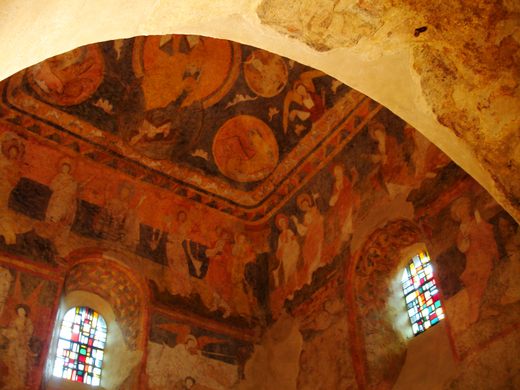





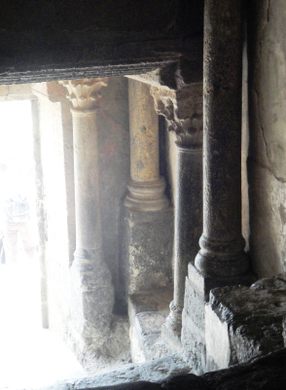

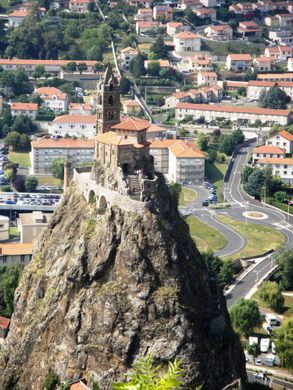
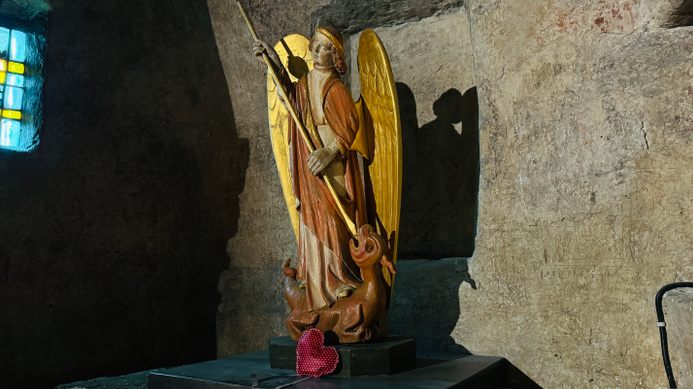








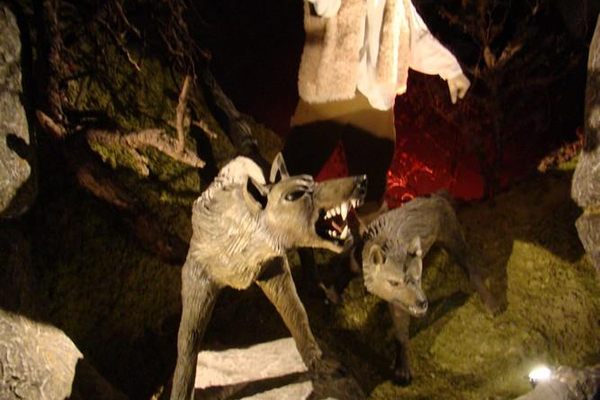
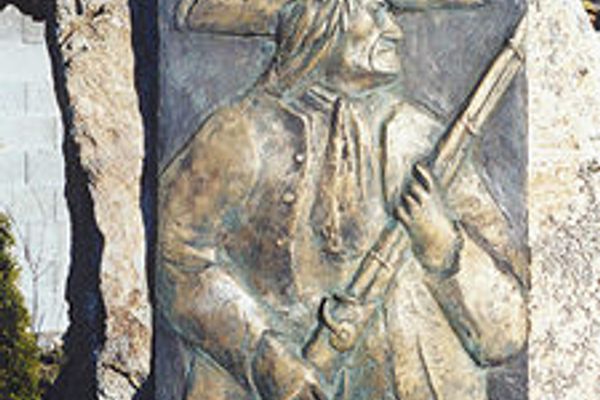
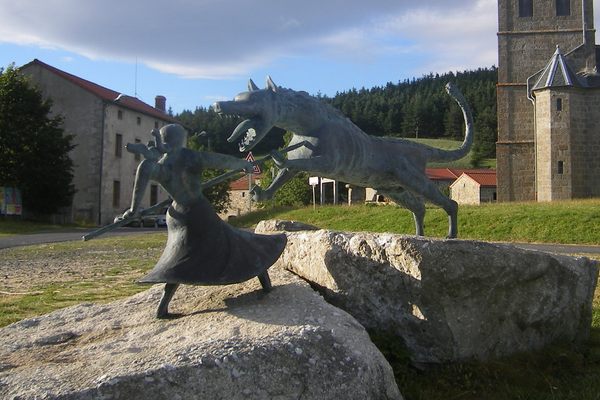
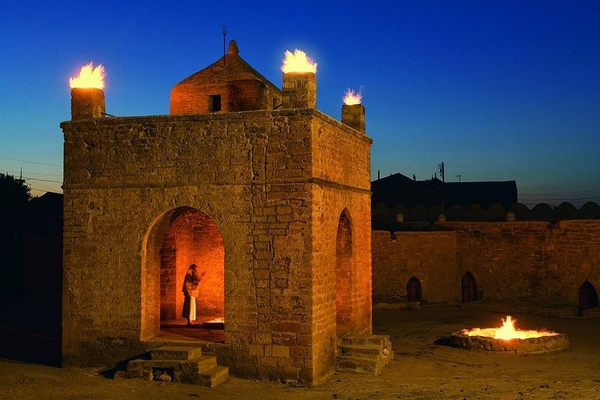


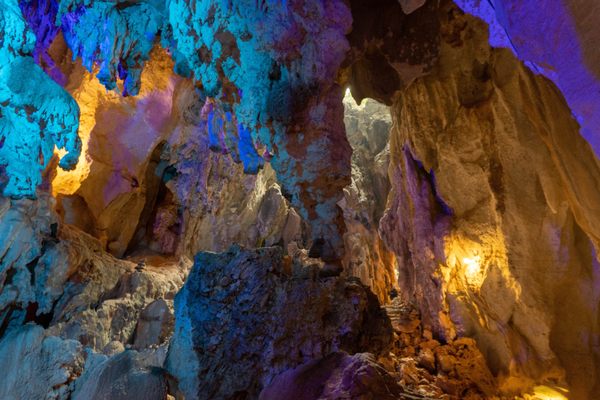

Follow us on Twitter to get the latest on the world's hidden wonders.
Like us on Facebook to get the latest on the world's hidden wonders.
Follow us on Twitter Like us on Facebook